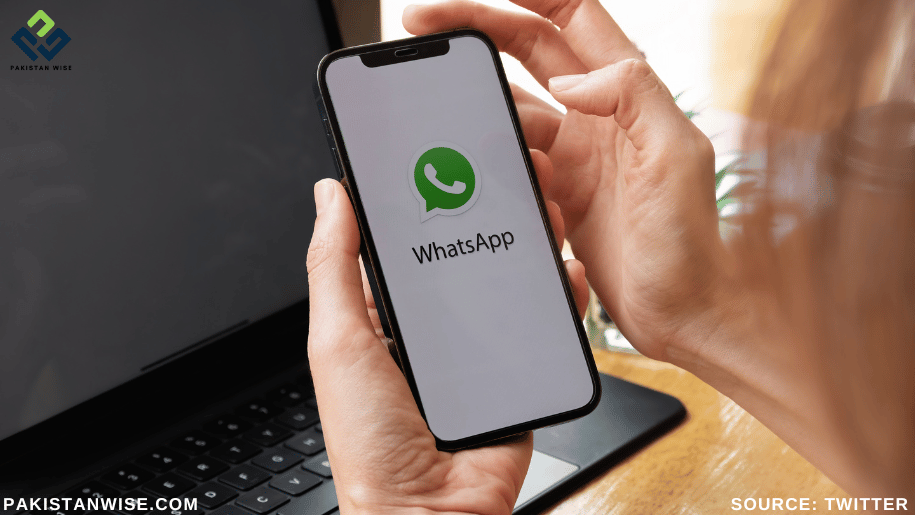WhatsApp, the messaging app owned by Meta, has recently unveiled a new feature known as Channels, designed to enable users to receive important updates from individuals and organizations within the app in a private manner. In a blog post, WhatsApp explained that Channels will be accessible through a dedicated tab called Updates, which will be separate from users’ chats with friends, family, and communities.
Channels serve as a one-way broadcast tool, allowing administrators to send text messages, photos, videos, stickers, and polls to their followers. To assist users in selecting channels to follow, WhatsApp is constructing a searchable directory that will contain a wide range of options, including hobbies, sports teams, and updates from local officials.
Accessing a channel can be achieved through invite links shared in chats, email, or posted online. In their blog post, WhatsApp emphasized their commitment to creating the most private broadcast service possible. They guarantee the protection of personal information for both administrators and followers. Specifically, phone numbers and profile photos of channel administrators will remain undisclosed to followers. Additionally, following a channel will not reveal one’s phone number to the administrator or other followers. WhatsApp stresses that the choice of which channels to follow remains entirely private.
WhatsApp plans to store channel history on its servers for a period of up to 30 days. Furthermore, the company intends to introduce measures that will enable updates to disappear even more swiftly from followers’ devices. Admins will also have the option to block screenshots and forwards from their channels.
Administrators have control over who can follow their channel and whether their channel should be discoverable in the directory. Although the primary purpose of Channels is to reach a broad audience, they are not end-to-end encrypted by default. WhatsApp, however, acknowledges that there may be instances where end-to-end encrypted channels to a limited audience, such as nonprofit or health organizations, could be beneficial. They are exploring the possibility of implementing this as a future option.
Initially, the Channels feature will be rolled out in Colombia and Singapore, with plans for expansion to additional countries in the coming months. Eventually, anyone will have the ability to create a channel.

